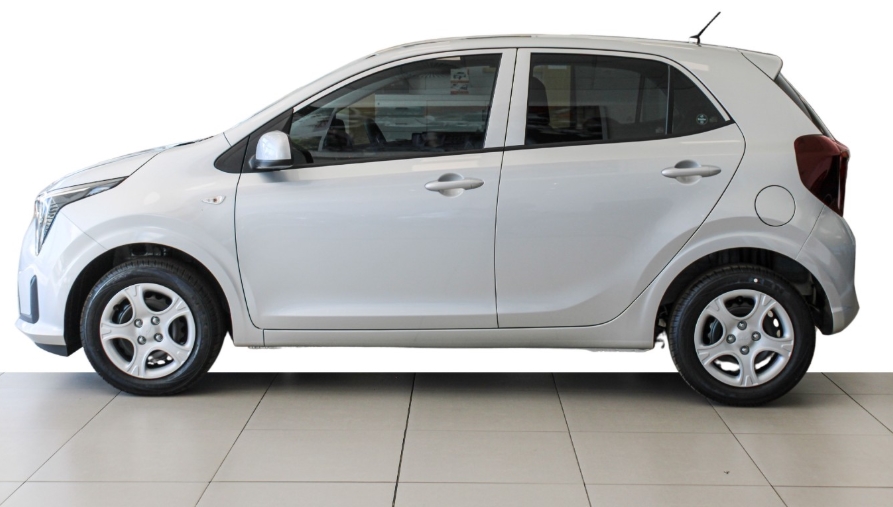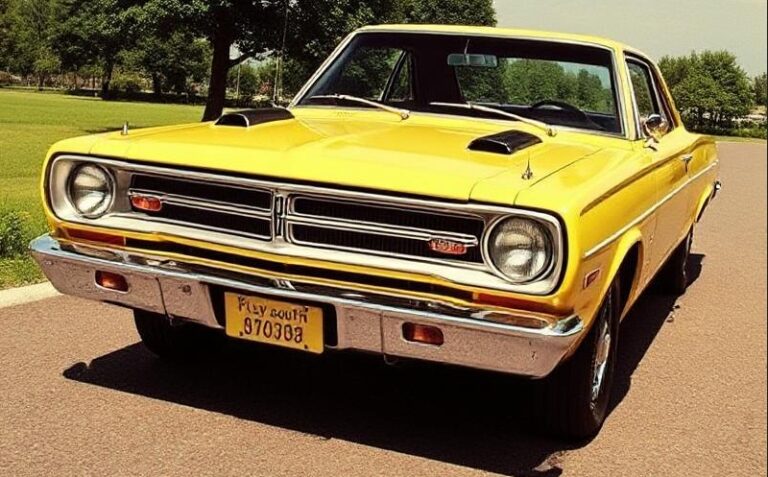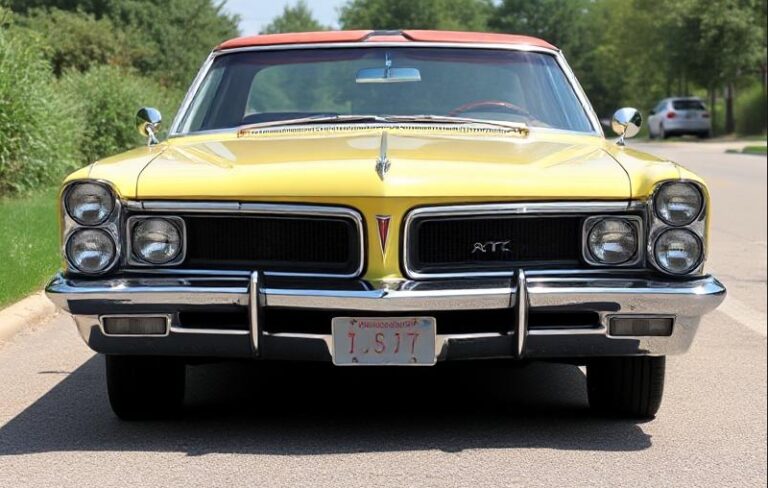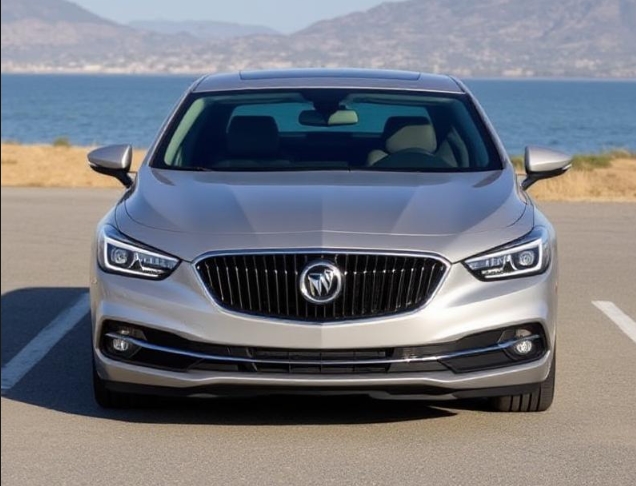The Evolution of the Kia Picanto
The Kia Picanto has established itself as a prominent player in the compact city car segment since its inception in the early 2000s. Known for its affordability, compact size, and practicality, the Picanto has evolved significantly over the years, reflecting shifts in automotive design, technology, and consumer preferences. This article traces the detailed history of the Kia Picanto, covering its production years, model variants, and trim levels.
Origins and First Generation (2004–2011)
Introduction and Launch (2004):
The Kia Picanto was first introduced in 2004, marking Kia’s entry into the small city car segment. Built primarily in South Korea, the first-generation Picanto was designed to be an affordable, efficient urban vehicle with a youthful appeal. It was marketed under various names in different regions but generally known as the Kia Picanto worldwide.
Design and Features:
The initial model featured a compact hatchback body style with a straightforward, functional interior. It was powered by small-displacement gasoline engines—primarily a 1.0-liter and a 1.1-liter inline-4 engine. The early models focused on fuel economy and ease of maneuverability suited for city driving.
Trim Levels and Variants:
In its first iteration, the Picanto was offered in multiple trim levels depending on the market, including:
- LX: Basic trim with manual windows, no air conditioning.
- EX: Added features such as air conditioning, power steering, and upgraded interior materials.
- Sport or Sporty variants: Occasionally offered in certain markets with sportier styling and features.
Facelift (2007):
In 2007, Kia released a facelift for the first-generation Picanto, which included minor styling updates such as new front grille designs, revised bumpers, and interior improvements. The engine options remained largely unchanged but with improved emissions and efficiency.
Second Generation (2011–2017)
Launch and Design (2011):
The second-generation Kia Picanto debuted in 2011, built on the new platform shared with the Hyundai i10. This model marked a significant upgrade in terms of design, technology, and safety features.
Design Philosophy:
The second-gen Picanto adopted a more modern and youthful aesthetic, with a distinctive front grille, sleek headlights, and a more aerodynamic profile. Inside, it boasted improved materials, increased cabin space, and more sophisticated features.
Engine and Powertrain Options:
This generation offered a range of gasoline engines, including:
- 1.0-liter Kappa MPI engine (around 66 horsepower)
- 1.2-liter Kappa MPI engine (around 84 horsepower)
Some markets also received a 1.0-liter turbocharged variant for enhanced performance and efficiency.
Trim Levels and Variants:
The second-generation Picanto offered a variety of trims, often including:
- 1: Entry-level with manual windows, basic audio.
- 2: Mid-range with air conditioning, power windows, upgraded audio system.
- 3: Higher trims with alloy wheels, remote central locking, and additional comfort features.
- GT-Line: Sportier trim with styling enhancements such as unique bumpers, side skirts, and alloy wheels.
Special Editions:
Throughout its run, Kia released special editions like the “Kia Picanto X-Line” (a crossover-inspired variant) and “Wave” editions with unique paint schemes and interior accents.
Facelift (2015):
In 2015, Kia introduced a mid-cycle facelift that included updated front and rear bumpers, new headlights and taillights, and improved interior features such as a new infotainment system with a touchscreen display. Engine options remained largely unchanged but with slight refinement.
Third Generation (2017–Present)
Introduction (2017):
The third-generation Kia Picanto was unveiled in 2017, built on the new platform shared with Hyundai’s latest city cars. It represented a modern, more refined approach, emphasizing safety, connectivity, and style.
Design and Features:
The design was characterized by a more assertive front end with a prominent tiger-nose grille, sleek LED headlights, and a compact, playful silhouette. Inside, the cabin was more spacious and equipped with modern amenities, including touchscreen infotainment systems compatible with Apple CarPlay and Android Auto.
Engine Options:
Engine offerings expanded to include:
- 1.0-liter MPI engine (around 66 horsepower)
- 1.0-liter turbocharged (around 100 horsepower)
- 1.2-liter MPI engine (around 84 horsepower)
Some markets also offered CNG variants and mild-hybrid systems aimed at improving efficiency.
Trim Levels and Variants:
The third-gen Picanto was available in multiple trims, typically including:
- LX: Basic features, manual transmission, basic infotainment.
- GT-Line: Sportier styling cues, alloy wheels, upgraded interior.
- X-Line: Crossover-inspired look with increased ride height and rugged styling elements.
- GT: High-performance variant with a 1.0-liter turbocharged engine, sport seats, and enhanced suspension.
Safety and Technology:
This generation saw the addition of advanced safety features such as:
- Autonomous emergency braking (AEB)
- Lane departure warning
- Parking sensors and rearview cameras
- Electronic stability control
Facelift (2020):
A minor facelift in 2020 refreshed the front grille, headlights, and interior elements, along with updated infotainment options and additional safety tech.
Notable Variants and Special Editions
Over its lifespan, the Kia Picanto has been offered in numerous special editions and regional variants:
- Kia Picanto X-Line: Crossover-inspired styling, introduced in various generations.
- Kia Picanto S: Sportier trims with cosmetic upgrades.
- Limited Editions: Often released for specific markets with unique paint schemes, interior trims, and accessory packages.
.
THIS might be a great place to get your new car from!
Or for those who are into the “car flipping” business, here’s an excellent resource for you!

.
Global Market Variations
The Kia Picanto has been marketed worldwide under different names and configurations, tailored to regional preferences:
- Europe: Focused on style, technology, and safety, with several trims.
- South Korea: Often available with unique features, including CNG variants.
- Asia and Australia: Offered in multiple trims with a focus on affordability and practicality.
Conclusion
The Kia Picanto has undergone a remarkable transformation since its debut in 2004. From its humble beginnings as a basic city car, it has evolved into a stylish, technologically advanced vehicle that balances affordability with modern features. Each generation has brought improvements in design, safety, and comfort, reflecting Kia’s commitment to continuous innovation.
Throughout its production, the Picanto has remained a popular choice among urban drivers worldwide, appreciated for its compact size, efficiency, and value for money. Its evolution demonstrates how a small city car can adapt and thrive in a competitive market by embracing technological advancements and design trends.
As Kia continues to innovate, the Picanto is expected to further evolve, maintaining its position as a leading choice in the compact segment for years to come.







